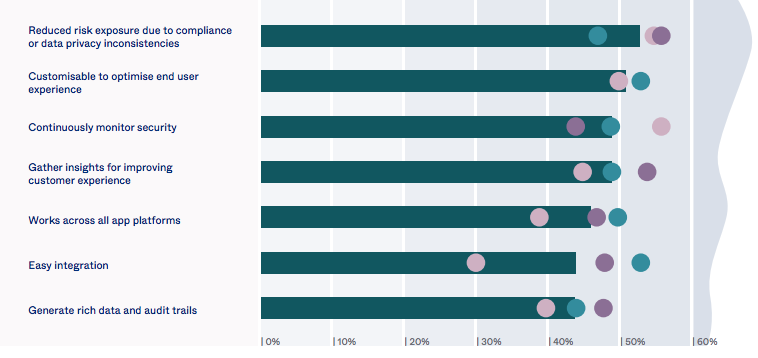Okta reports on the State of CIAM in Asia-Pacific 2022
In today’s digital-first world, the urgency for businesses to deliver customer experiences that balance security and UX is driving the widespread awareness and adoption of Customer Identification Access Management (CIAM) across the Asia-Pacific.
CIAM is also proving its value beyond end consumer interactions, helping to securely enable swift access and collaboration with partners, suppliers, and contractors. Those without a full-proof solution are hampered by uncertainty on where to begins, with concerns about user experience and security proving to be another barrier to implementation.
Those who do, often rely on homegrown solutions that are complex to maintain, less secure, and divert developer and engineer time away from business-critical activities.
Choosing a vendor-neutral CIAM solution can be critical to success, providing organisations with more choice and faster integration with existing solutions. The days of working with a single vendor across the technology stack are fast disappearing as customers look for technologies that deliver the most value for their customers, regardless of provider.
Organisations that win in the future will be those that put customer identity front and centre of their digital transformation strategy – helping to eliminate security gaps, foster innovation, reduce development time and deliver seamless experiences that build trust for the long term.
Highlights of the survey
- Three-quarters of respondents (72%) saying they have a good or expert understanding of CIAM and this awareness translates to adoption of CIAM solutions.
- Majority (82%) respondents have already implemented CIAM solutions, whether built in-house or outsourced.
- Security emerged as the top driver for CIAM adoption, with nearly 9 in 10 respondents (89%) saying CIAM was a priority to their overall security strategy.
- 60% of those with CIAM solutions say their biggest barrier in managing it is the need to improve their security posture, while 57% are challenged by the high level of complexity.
Furthermore, the survey revealed significant concerns about CIAM implementation and potential business risk if done poorly. Most respondents said the biggest barrier to CIAM implementation was the risk of adversely impacting the user experience (61%), with many struggling to get this right internally, followed by a lack of available in-house expertise (42%), and the need to create a business case to justify implementation (30%).
With the pandemic accelerating the shift to digital across many business sectors and cyberattacks rising to an all-time high, businesses have a greater need to deliver secure, seamless digital experiences to their customers.
Priorities when picking up the right CIAM solution for your business
Security concerns driving CIAM adoption
Developers cited security as the top attribute (33%) when selecting a CIAM solution, followed by reliability (22%), ease of use (16%) and a good user experience (15%).
With CIAM at its gateway, businesses can now embed a secure identity layer into their consumer and SaaS applications, facilitating secure, seamless end user experiences across digital channels. It ensures partners, suppliers and contractors to have secure access to the resources needed, empowering them to collaborate more effectively. CIAM enables firms to analyse customers’ buying behaviours and craft targeted marketing strategies to grow the business.

“An integrated, secure and seamless CIAM solution is now a critical component to organisations’ wish to provide the best digital user experience to their end users,” said Richard Marr, APAC CIAM lead at Okta.
“While the State of CIAM in Asia-Pacific 2022 survey revealed a high level of awareness and adoption of CIAM solutions in the region, challenges remain for organisations that may lack in-house expertise or the necessary resources to keep up with an evolving cyber threat and regulatory environment.”
Challenges in managing CIAM solutions amid evolving threat and regulatory landscape
The complexities of CIAM continue beyond implementation, with businesses that choose to build these solutions in-house needing to upkeep their deployments to withstand evolving cyberattacks. Of those organisations that have a CIAM solution, 60% say their biggest barrier in managing it is the need to improve their security posture, while 57% are challenged by the high level of complexity.
Balancing need for security, innovation and user experience (UX) amid talent shortage
The fast-changing threat landscape and ever-evolving audit and compliance requirements make speed and agility essential in managing customer identity. This creates another challenge for business, with over 40% citing this as a key barrier in using their existing CIAM solution.
Organisations that consider outsourcing customer identity management can then focus on the more strategic aspects of customer loyalty development, and business growth.






